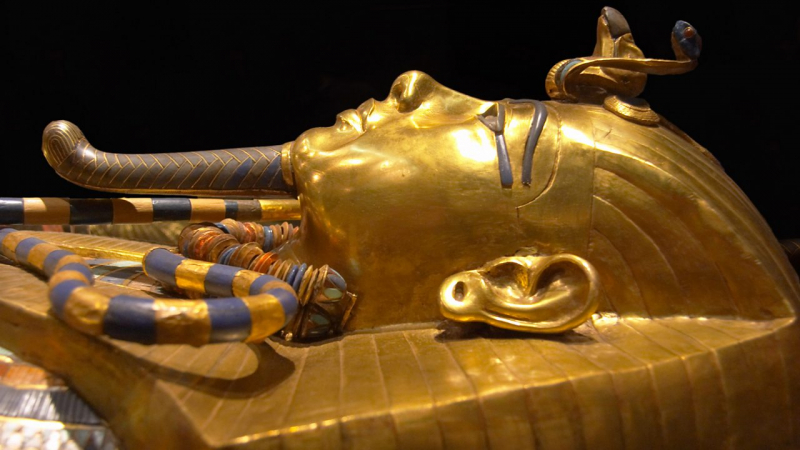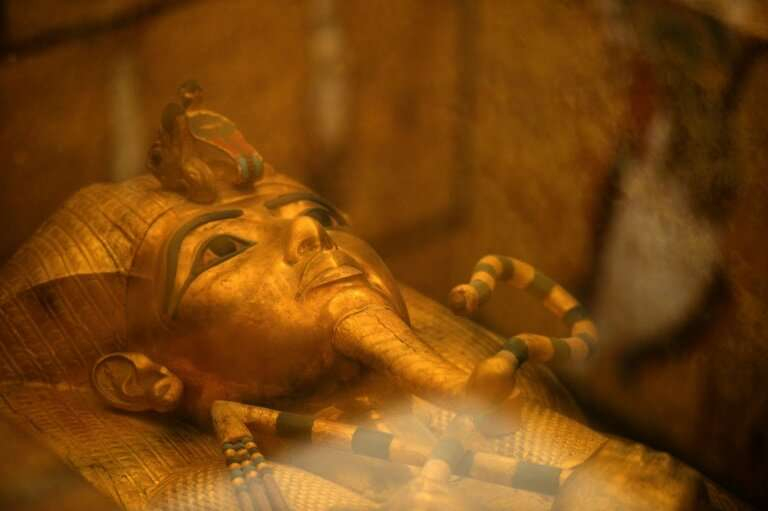No one knows how the king died
There are numerous hypotheses regarding King Tut's demise. He was physically weak and tall, with a clubbed left foot and a debilitating bone ailment. He is the only pharaoh known to have been portrayed while performing strenuous tasks like archery while seated. The boy king's bad health and early demise were likely caused by traditional inbreeding in the Egyptian royal dynasty. Tutankhamun's wife, Ankhesenamun, was also his half-sister, according to DNA testing published in 2010 that also proved that his parents were brother and sister. Two of their only daughters were stillborn.
In 2013, a claim that the king had perished in a chariot accident surfaced due to missing ribs and portions of the chest wall. The chest wall was still there when the body was photographed during Carter's excavation in 1926, nevertheless. The beaded collar was stolen, and it appears that the thieves also caused damage to the chest wall.
Some historians believed that Tutankhamun was slain because his remains showed a hole in the back of the head, however current examinations indicate that the hole was formed during mummification. The king's infected shattered left leg was discovered by CT scans in 1995, and DNA analysis of his mummy found indications of many malaria illnesses, all of which may have contributed to his early demise.












